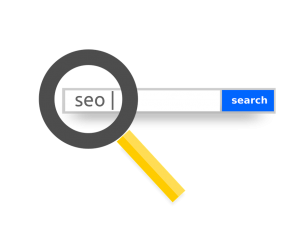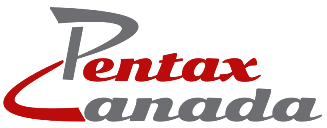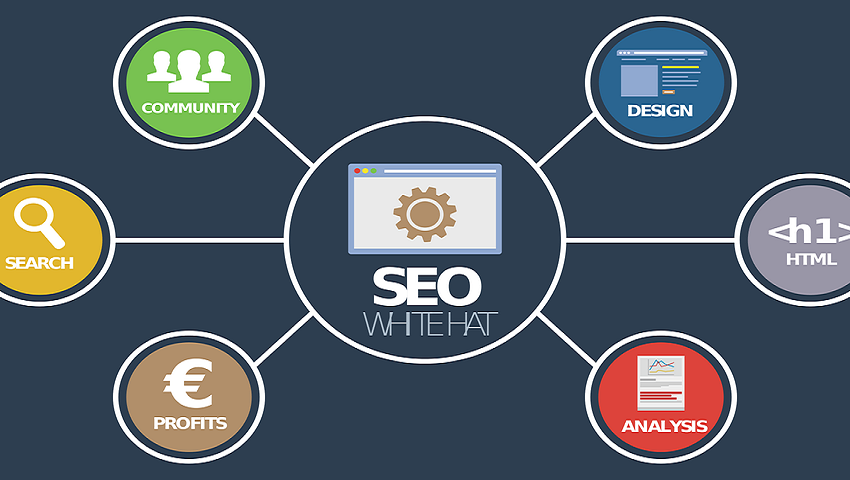This post is ideal for you if:
- You’re brand-new to SEO and beginning your profession as a content strategist.
- You’re a professional SEO, and you currently understand whatever about search.
SEO vs. SEM (search engine marketing)
There are two kinds of traffic from search engines: paid and natural. It’s marketing, and it usually appears at the top and bottom of a search results page.
SEO is all about the “natural” rankings, which appear in the middle of the search results page. They are entirely free, or rather, they are made and won, through search engine optimization.
Search engine marketing (SEM) consists of both natural and paid. You can believe of it this method: SEO + Pay Per Click = SEM.
 Beyond paid and natural, there are other kinds of SEO and specialized and specific niches within search marketing. Such as regional SEO (appearing within maps), technical SEO, worldwide SEO, Amazon, YouTube, Bing, and lots of others.
Beyond paid and natural, there are other kinds of SEO and specialized and specific niches within search marketing. Such as regional SEO (appearing within maps), technical SEO, worldwide SEO, Amazon, YouTube, Bing, and lots of others.
Essentials of SEO
Let’s verify our understanding of SEO essentials with a one concern test about the consider search rankings: keyphrases, pages, and links.
Authority: links and trustworthiness
Google is the most popular search engine because of one genuinely initial development from its co-founder Larry Page. The late-1990s were dark days for search engines.
Was it the title of the page? The quantity of traffic the site appeared to be getting?
Larry’s dazzling insight was to think about an entirely different aspect, one that wasn’t on the site at all. His concept was to think about links to the site from other websites. And link appeal (aka “authority”) was born as a search ranking element.
Unexpectedly, Google’s search results page were a lot better than those of Excite, Lycos, and AOL, that within a couple of years, it beat all the other search engine. To this day, links are the most crucial ranking element.
If numerous sites connect to a page, that page is most likely significant. Google made the editors of all the sections into the arbiters of quality.
 Competitors and Keywords
Competitors and Keywords
Google is attempting to bring the visitor to the very best page for the subject. This is why “scattering” expressions around a site is a wild-goose chase. Structure abundant, sincere, beneficial pages work well.
Determining Authority
Back then, the authority of sites was determined on a scale of one to 10, as designated by Google. This metric was called PageRank (called after Larry Page) and using the Google Toolbar, and you might look it up for any site.
Google no longer shares that info, so the SEO software application business has stepped in and developed its own price quotes of authority by attempting to replicate Google’s own algorithm.
Significance: keyphrases and content
Everybody understands you need to use your target expression on the page. Some people appear to believe that there is some formula as if the trick is to use the phrase is simply the best place or the ideal number of times. They release pages that no search engine (or human) would ever think about excellent or beneficial.


